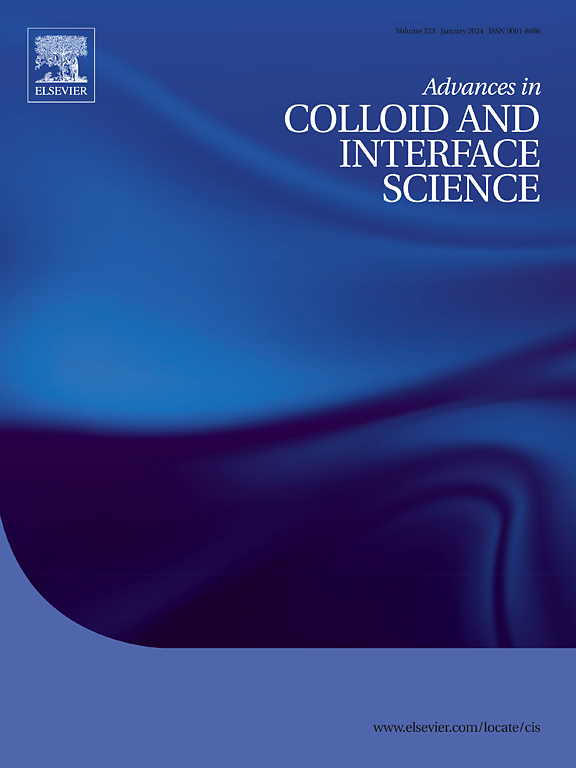Atomic layer deposition paves the way for next-generation smart and functional textiles
IF 15.9
1区 化学
Q1 CHEMISTRY, PHYSICAL
引用次数: 0
Abstract
As technology evolves and consumer needs diversify, textiles have become crucial to determining the future of fashion, sustainability, and functionality. Functional textiles, which not only provide comfort and aesthetics as traditional textiles but also endow textiles with special functions such as antibacterial, anti-odor, moisture absorption and perspiration, anti-ultraviolet (UV), flame-retardant, self-cleaning, and anti-static properties through technological innovation and upgrading, have attracted increasing attention because they satisfy the specific needs of people in different environments and occasions. However, functionality often occurs at the expense of comfort in existing functional products. Endowing textiles with excellent multi-functionality with marginal effects on comfort and wearability properties continues to be a challenge. Atomic layer deposition (ALD) paves the way for creating functional fabrics by enabling the formation of highly conforming inorganic/organic coatings over a large area with precise atomic-level film thickness control from a self-limiting reaction mechanism. Therefore, this paper introduces the reaction mechanism of ALD and the unique advantages of depositing inorganic nanofilms on fiber and textile surfaces. The factors influencing ALD and the commonly used ALD-derived technologies are then discussed. Subsequently, the research progress and breakthroughs in inorganic nanofilms prepared by ALD in conferring multifunctional properties on textile surfaces, such as antimicrobial, UV-resistant, heat-insulating, multifunctional wetting, structural coloring, thermoelectric elements, and flexible sensing, are reviewed. Finally, future developments and possible challenges of ALD for the large-scale production of multifunctional fabrics are proposed, which are expected to promote the development of next-generation advanced functional textiles.

原子层沉积为下一代智能和功能性纺织品铺平了道路
随着技术的发展和消费者需求的多样化,纺织品已经成为决定未来时尚、可持续性和功能性的关键。功能性纺织品不仅像传统纺织品一样提供舒适和美观,而且通过技术创新和升级,赋予纺织品抗菌、防臭、吸湿排汗、防紫外线、阻燃、自洁、防静电等特殊功能,满足人们在不同环境和场合的特定需求,越来越受到人们的关注。然而,在现有的功能性产品中,功能性往往是以牺牲舒适性为代价的。赋予纺织品以优异的多功能,同时在舒适性和耐磨性方面产生边际效应仍然是一个挑战。原子层沉积(ALD)通过一种自限反应机制,能够在大面积上形成高度一致的无机/有机涂层,并通过精确的原子级薄膜厚度控制,为创造功能性织物铺平了道路。因此,本文介绍了ALD的反应机理以及在纤维和纺织品表面沉积无机纳米膜的独特优势。然后讨论了影响ALD的因素和常用的ALD衍生技术。随后,综述了ALD制备的无机纳米膜在抗菌、抗紫外线、隔热、多功能润湿、结构着色、热电元件、柔性传感等纺织品表面多功能性能方面的研究进展和突破。最后,提出了ALD在多功能织物规模化生产中的未来发展和可能面临的挑战,以期推动下一代先进功能纺织品的发展。
本文章由计算机程序翻译,如有差异,请以英文原文为准。
求助全文
约1分钟内获得全文
求助全文
来源期刊
CiteScore
28.50
自引率
2.60%
发文量
175
审稿时长
31 days
期刊介绍:
"Advances in Colloid and Interface Science" is an international journal that focuses on experimental and theoretical developments in interfacial and colloidal phenomena. The journal covers a wide range of disciplines including biology, chemistry, physics, and technology.
The journal accepts review articles on any topic within the scope of colloid and interface science. These articles should provide an in-depth analysis of the subject matter, offering a critical review of the current state of the field. The author's informed opinion on the topic should also be included. The manuscript should compare and contrast ideas found in the reviewed literature and address the limitations of these ideas.
Typically, the articles published in this journal are written by recognized experts in the field.

 求助内容:
求助内容: 应助结果提醒方式:
应助结果提醒方式:


